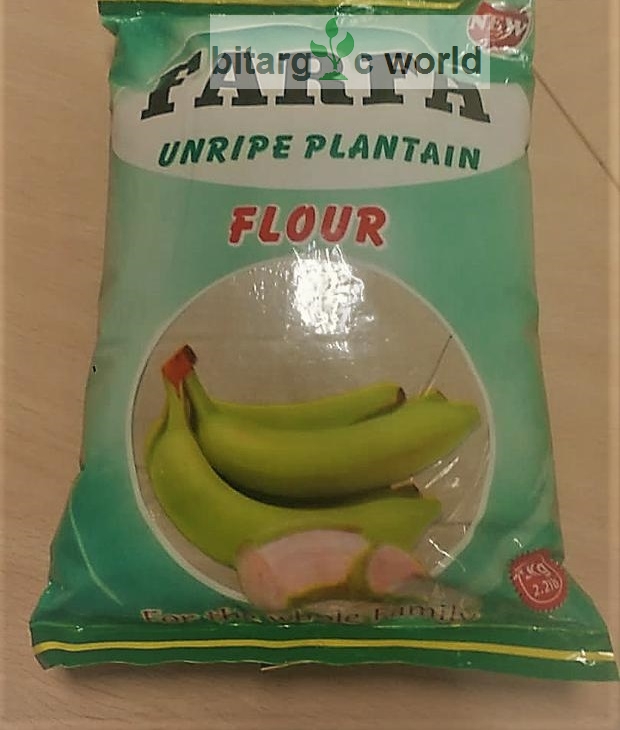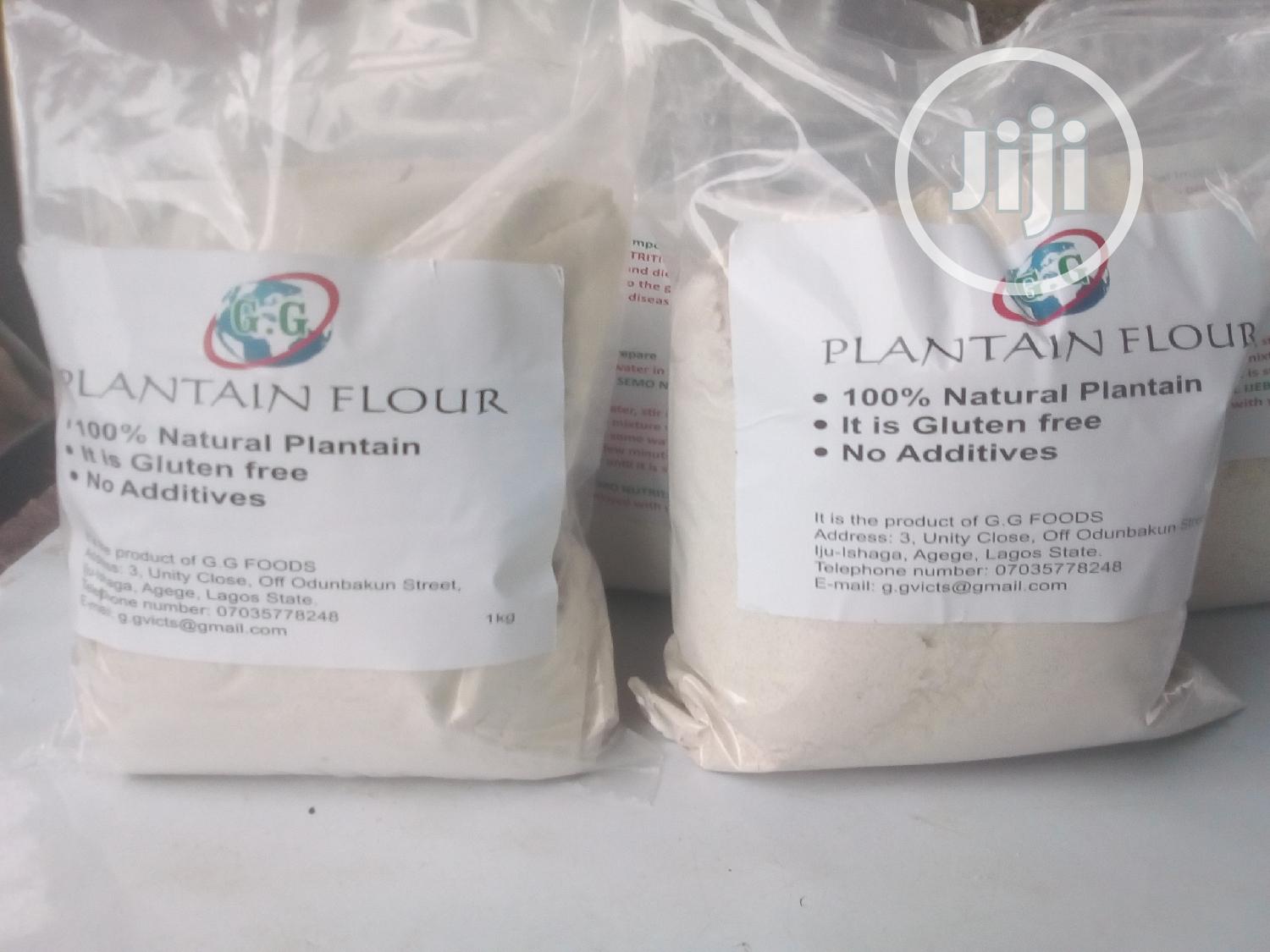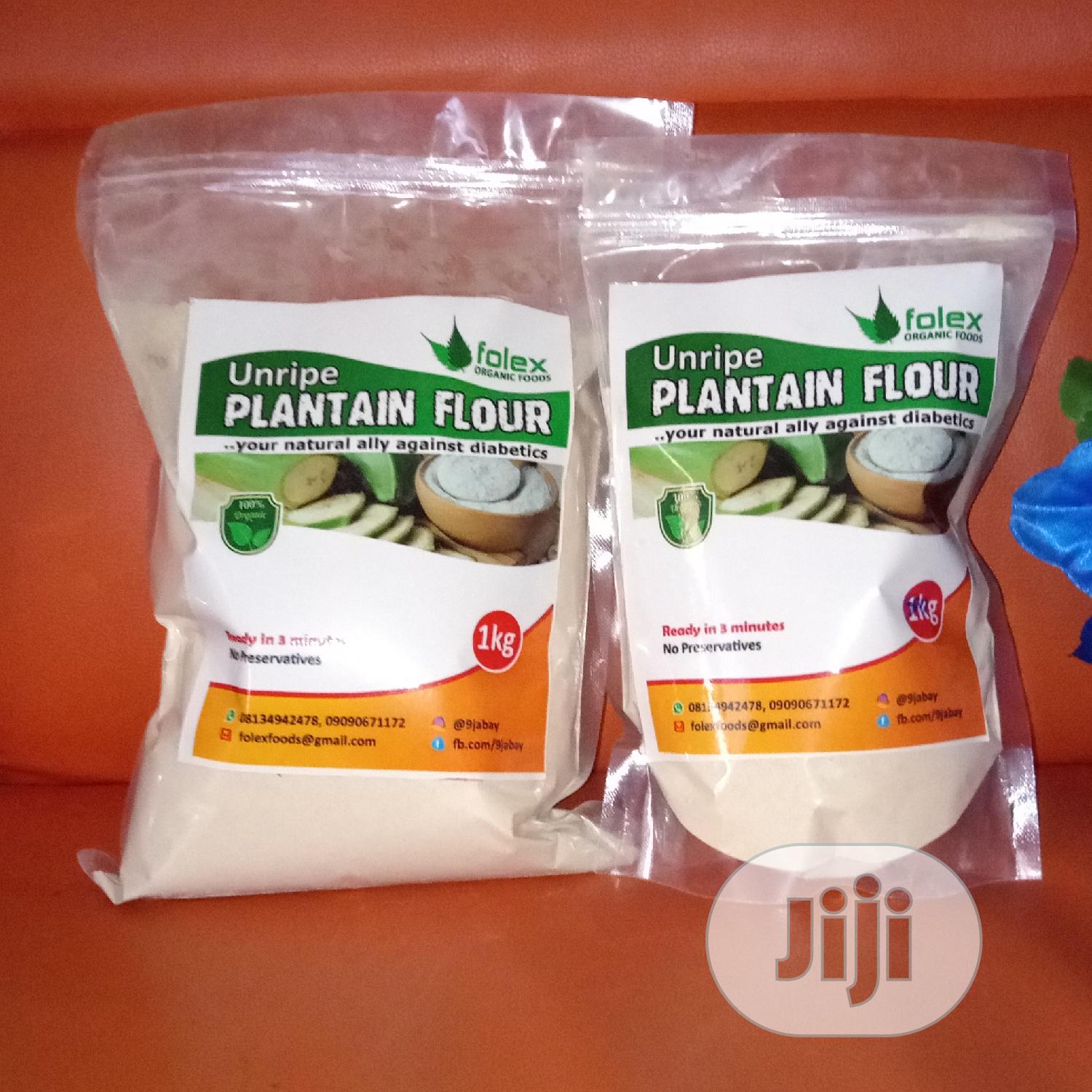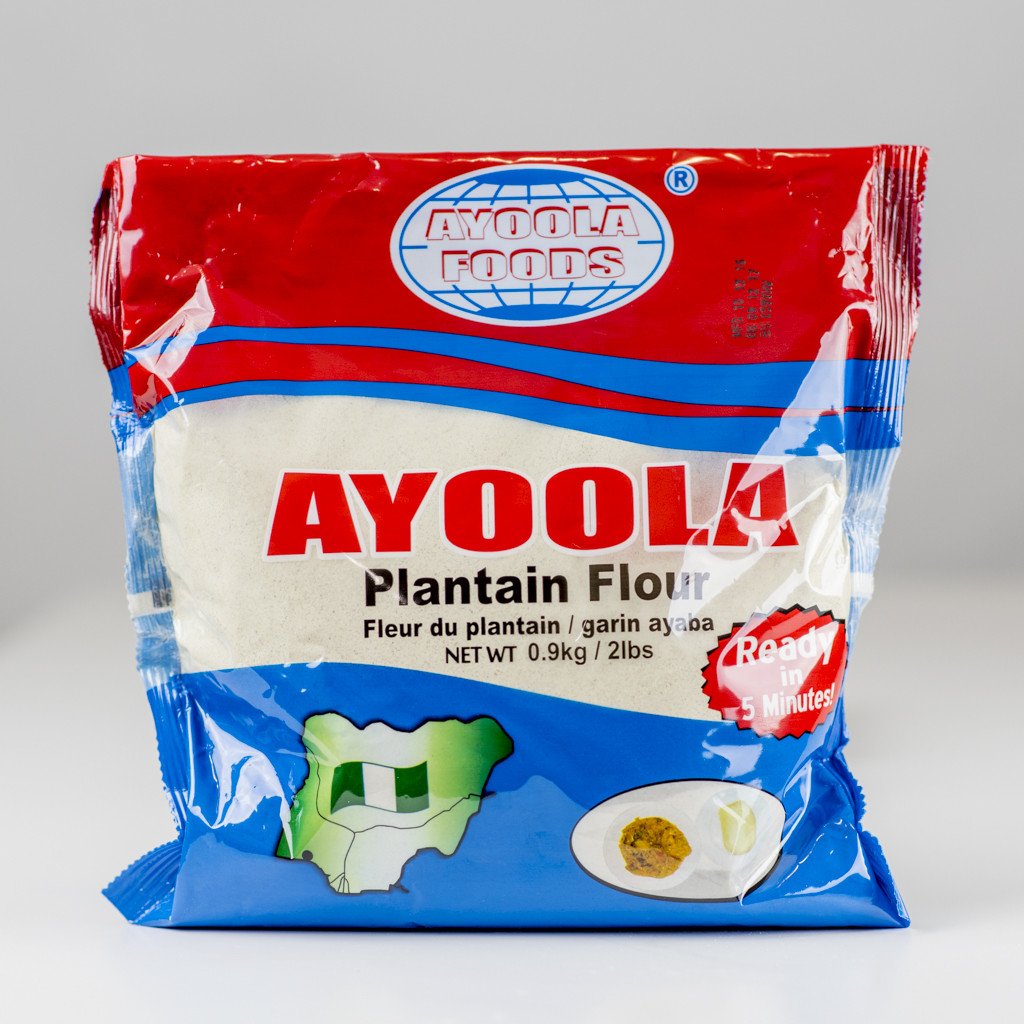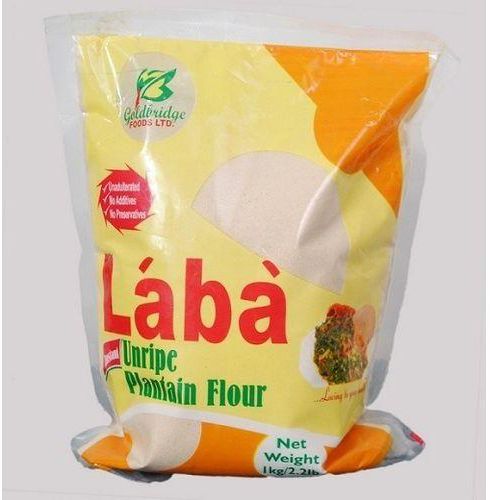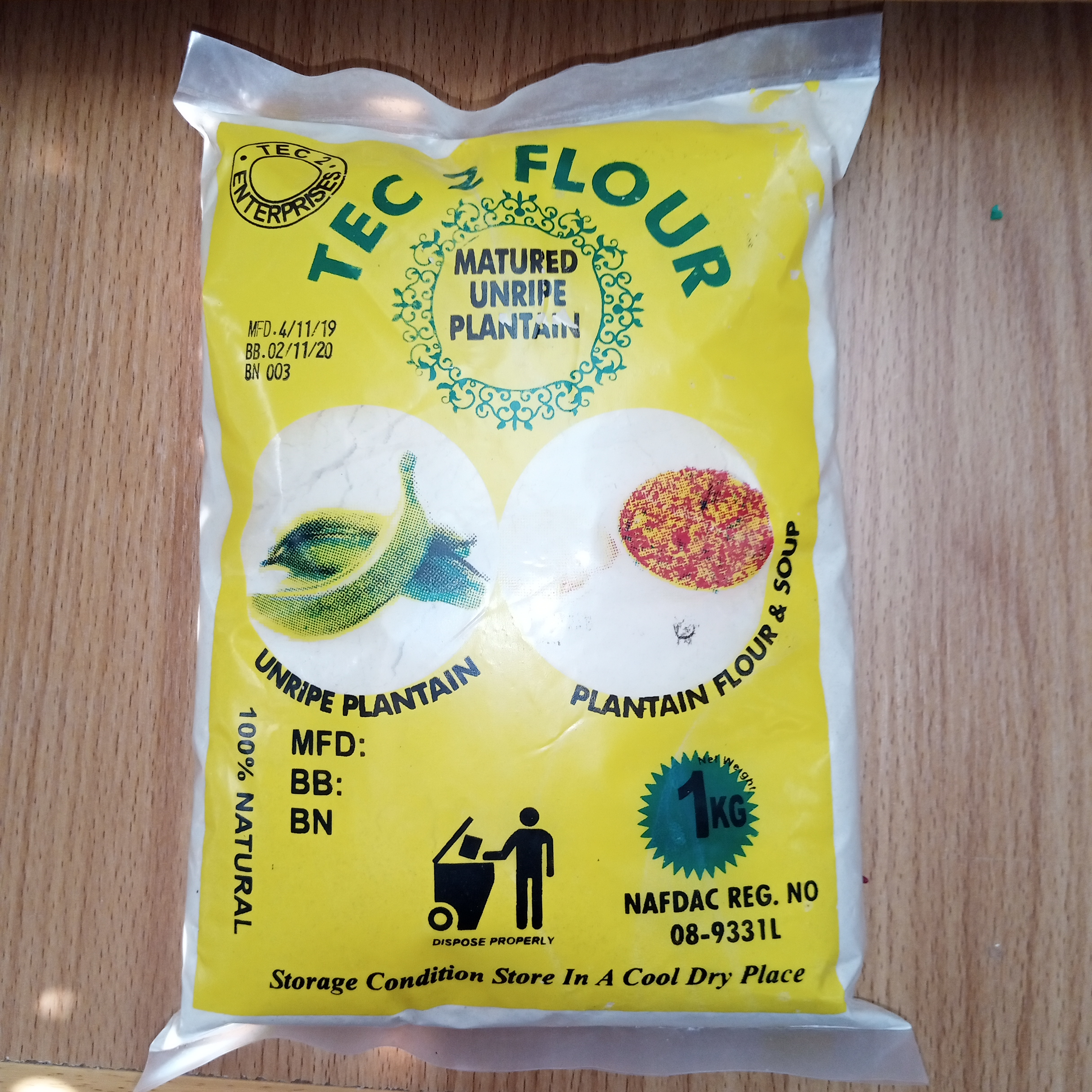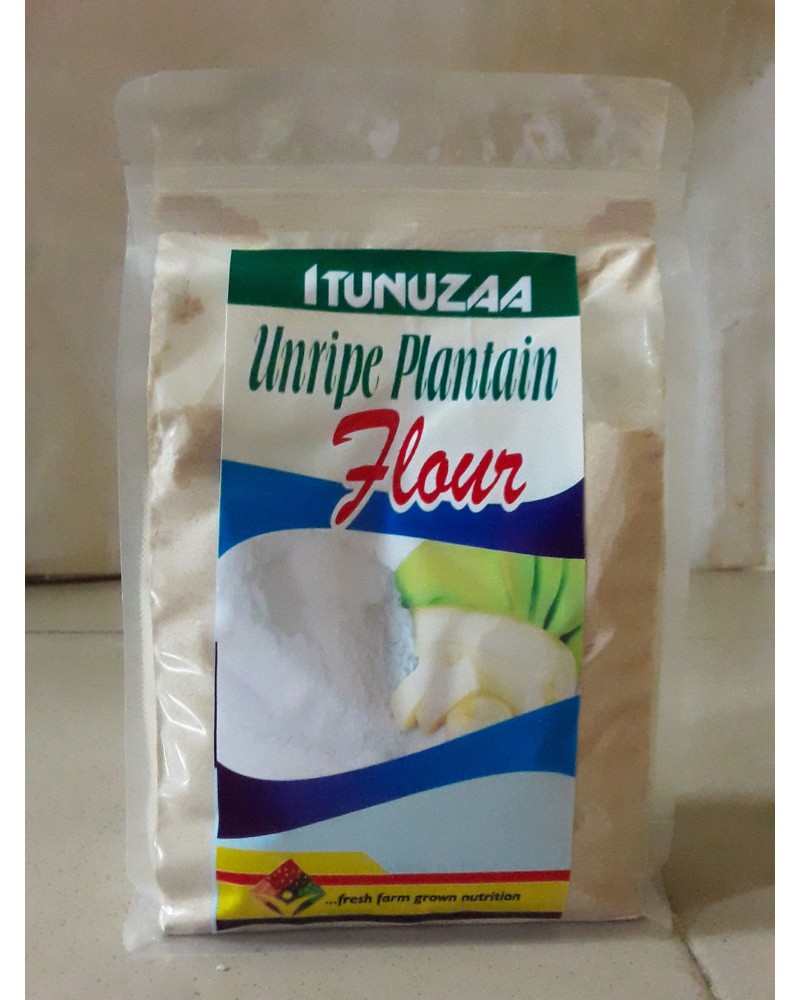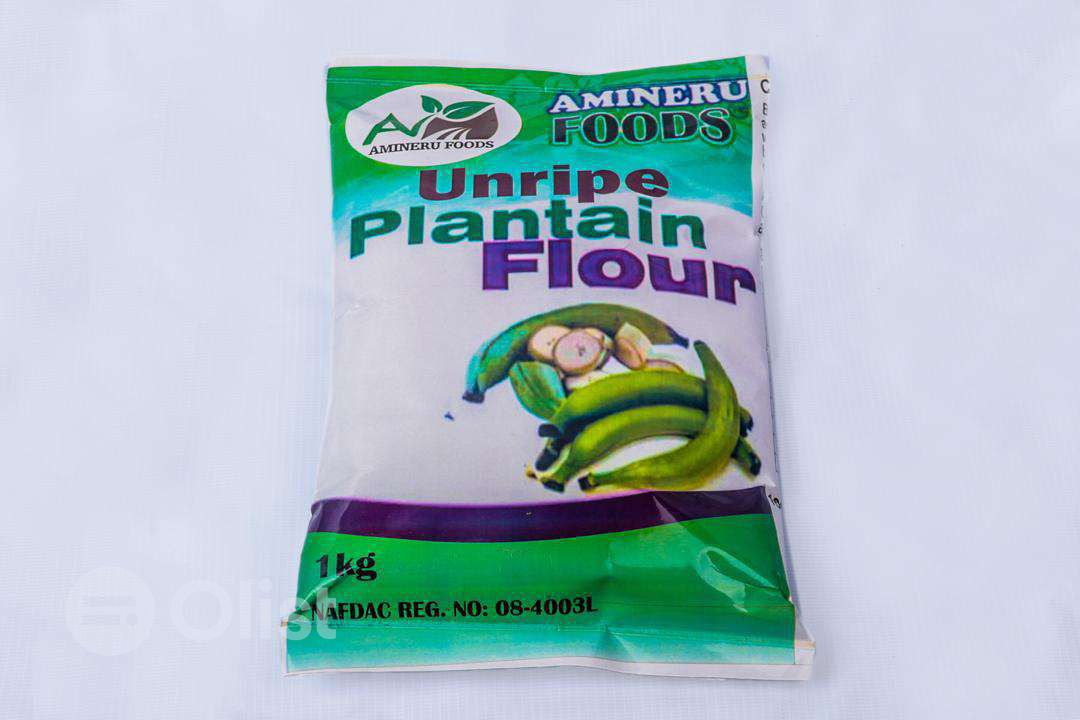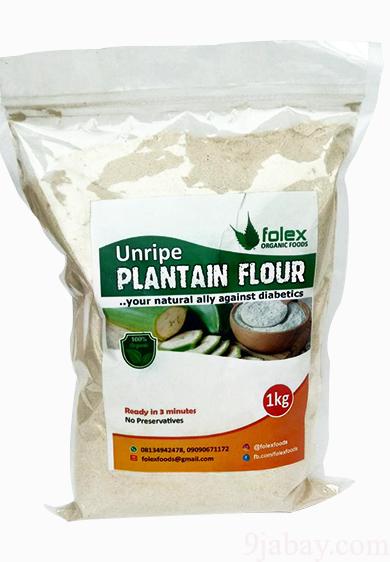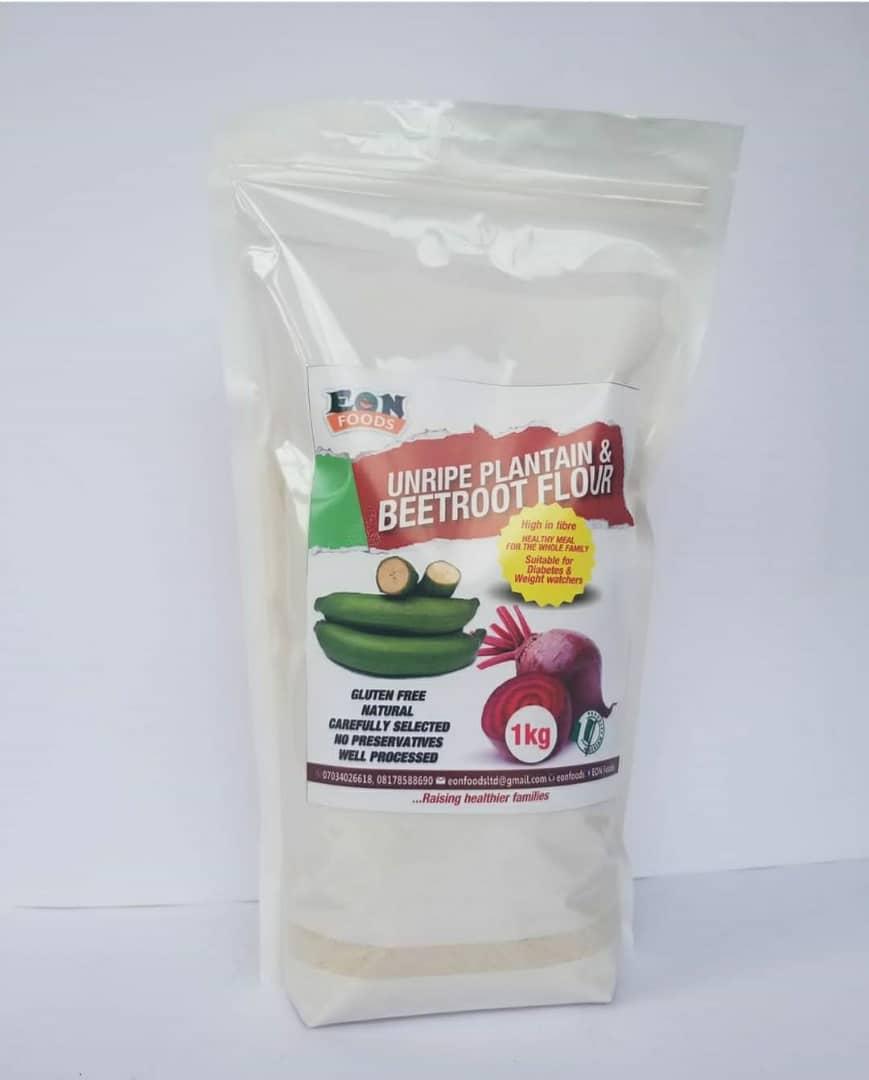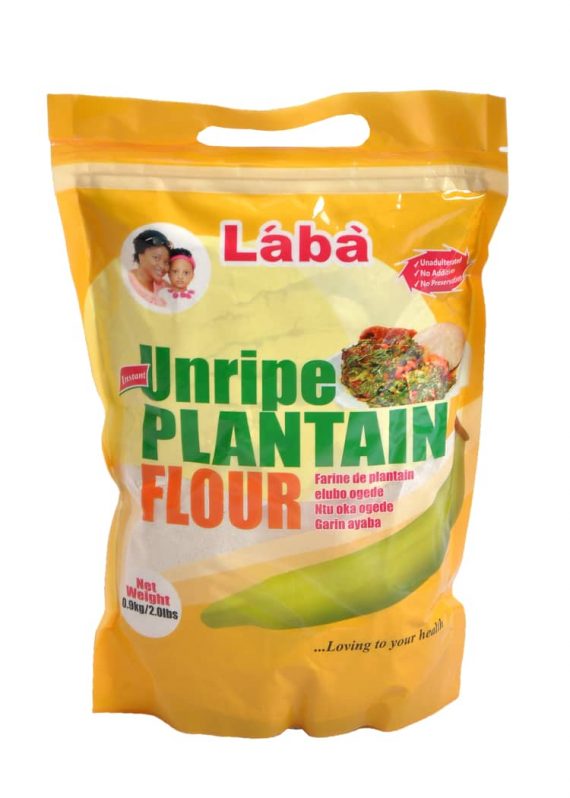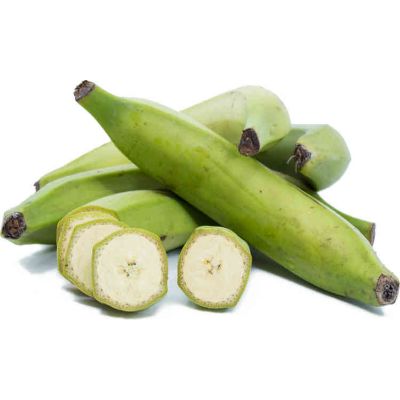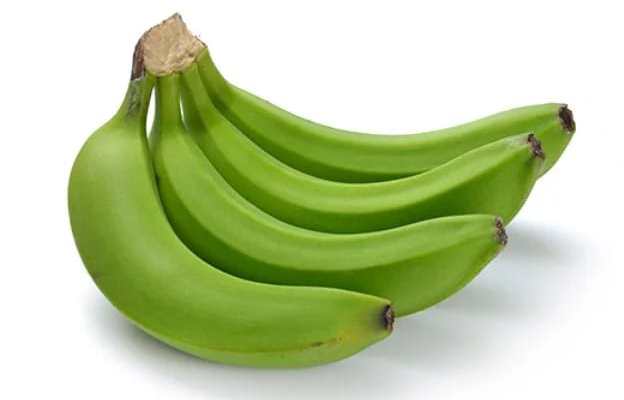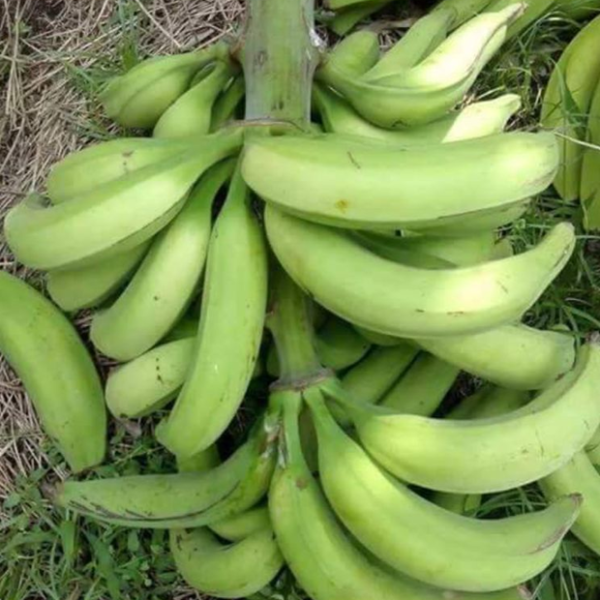
- 1Instituto Politécnico Nacional, Centro de Desarrollo de Productos Bióticos (CEPROBI), Yautepec, Mexico
- 2Department of Food Technology, Engineering and Nutrition, Lund University, Lund, Sweden
There is a growing interest in the development of functional ingredients, including those with high indigestible carbohydrate content. Unripe plantain flour (UPF) is a source of indigestible carbohydrates, type II resistant starch (RS) in particular. A major drawback of UPF, however, is that its RS content decreases sharply after wet heat treatment. Here, we explore the possibility of preparing an extruded UPF-based functional ingredient that retains limited starch digestibility features and high dietary fiber content. Both an unripe plantain pulp flour (UPFP) and a whole (pulp and peel) unripe plantain flour (UPFW) were prepared, extruded under identical conditions and evaluated for their gelatinization degree, total starch (TS), resistant starch (RS), and total dietary fiber (TDF) content; functional properties, such as pasting profile, water retention capacity, and solubility, and oil absorption index were also analyzed.
The extruded functional ingredient was added to a yogurt and the rheological characteristics and in vitro starch digestibility of the product were evaluated. The extruded UPFW showed a lower gelatinization degree than the extruded UPFP, which may be due to the higher non-starch polysaccharide content of the former. A high TDF content was recorded in both extrudates (12.4% in UPFP and 18.5% in UPFW), including a significant RS fraction. The water retention capacity and solubility indices were higher in the extruded flours, particularly in UPFW, while only marginal differences in oil retention capacity were observed among the products. The addition of UPFP or UPFW (1.5 g TDF, w/v) to a yogurt did not alter the viscosity of the product, an important characteristic for the consumer’s approval. Moreover, the composite yogurt showed a relatively low starch digestion rate. Extrusion of UPFs may be an alternative for the production of functional ingredients with important DF contents.
Introduction
In the last years, the end-use of plantain and other varieties of banana has increased around the world. Only in the present year, SCOPUS database shows 14 publications on the use of banana flour in foods, composite films, and modifications to improve its functional and physicochemical features. The use of plantain flour aims to diversify the consumption of the fruit, minimizing the large quantities currently lost during conveying, maturation, and commercialization. The use of plantain fruit in the unripe state is an interesting alternative, due to its high indigestible carbohydrate (components of dietary fiber) content, where resistant starch (RS) is the main component
(1). There are diverse studies of the use of unripe plantain flour (UPF) in its native state; however, when this flour is incorporated in heat-treated foods, such as bakery products, snacks, and pasta
(2–4), the cooking process largely decreases the indigestible carbohydrate content due to RS conversion to digestible starch. However, we have recently shown that the resistant-to-digestible starch conversion degree depends on the food type. For instance, foods with low moisture content, e.g., UPF-containing cookies, exhibit low conversion rate thus retaining a high dietary fiber content
(5). Nevertheless, the drawback of the use of UPF in cooked foods can be overcome with the modification of the flour. Hydrothermal treatments, such as heat-moisture treatment and annealing, were used to modify the starch digestibility in UPF. Rodriguez-Damian et al.
(6) reported that heat-moisture treatment of UPF increased its RS content to 11% after cooking. Similarly, the RS content in cooked UPF reached 17% after annealing treatment
(7). Additionally, esterification of UPF with citric acid preserved its RS content (93.7%) after cooking
(8). The above-mentioned studies have focused on the modification of UPF prepared from the pulp of the fruit; however, in order to decrease the production costs and to increase both the yield and dietary fiber content of UPF, the use the whole fruit (pulp and peel) has been suggested. Such an alternative was tested to produce gluten-free spaghetti. Still, no differences were found in the dietary fiber content (≈ 30) of spaghettis elaborated with pulp-derived UPF compared to those made of whole fruit UPF
(9).Extrusion has been used to prepare pre-gelatinized starches that can be solubilized in water at room temperature. The increased solubility and overall digestibility of the pre-gelatinized starch are attributed to the disorganization of starch components in the granular structure, a process that can be enhanced as the gelatinization degree increases in the extruded starch. However, we hypothesized that if UPF is extruded under specific conditions, it can retain high RS content adding to non-starch polysaccharides in the fiber fraction, and may be thus included in foods where further cooking is not necessary, such as yogurt, smoothies, etc. Such a procedure would be in line with the current interest in the development of foods and ingredients with high dietary fiber contents, which derives from the evidences linking diverse health problems, e.g., overweight, obesity, diabetes, cardiovascular diseases, colon cancer, etc., to the generally low consumption of dietary fiber in occidental populations
(10).The aim of this study was to produce a ready-to-use fiber-rich ingredient by extrusion of UPF, and to perform its chemical, functional and physicochemical characterization. The ingredient was also included in a yogurt to evaluate its impact on the rheological and sensory features of the final product.
Materials and Methods
Unripe Plantain Flour (UPF)
Unripe plantain fruits were harvested in Tuxtepe, Oaxaca, México. The flours from the pulp and from the pulp and peel were prepared as described by Ovando-Martinez et al. (1) and Patiño-Rodriguez et al. (9).
Extrusion
UPF from pulp (UPFP) and the whole fruit (pulp + peel) (UPFW) were extruded in a single screw-extruder (Beutelspacher, México, City, México) at a constant rate of 75 rpm. The temperature in the three zones of the extruder (first zone of the barrel, blend zone, and end zone) was kept constant at 50°C, conditions that in preliminary studies resulted in adequate rheological properties without promoting complete gelatinization of starch in plantain flours (unpublished data). Two batches were prepared for each type of flour.
Differential Scanning Calorimetry (DSC)
Thermal analysis of gelatinization (in excess water) was assessed to determine the temperatures and enthalpy associated to this phase transition. A 2.0 mg sample was mixed with 7 μl of deionized water. The wetted sample was equilibrated for 12 h at room temperature and subjected to the heating program over a temperature range from 20 to 100°C at a heating rate of 10°C/min in a DSC model 2010 (TA Instruments, New Castle, NJ). The temperatures of the phase transition and enthalpy (area under the phase transition curve) were calculated with the software of the equipment.
Total Dietary Fiber
The total dietary fiber (TDF) content of the raw and extruded samples was determined by the enzymatic method proposed by McCleary et al. (11), which yields DF values including RS, using experimental conditions that resemble the physiological situation. Total dietary fiber (TDF) was also assessed according to AACC method 32-05 (12).
Total and Resistant Starch
Total starch (TS) was measured according to AACC method 76.13 (12) using a total starch kit from Megazyme (Wicklow, Ireland). Resistant starch (RS) was determined following the AACC method 32–40 (12) with the RS kit (Megazyme, Wicklow, Ireland).
Pasting Profile
The pasting profile was evaluated during the cooking of the flours in a stress rheometer (Ar-1500ex, TA Instruments, Dallas, TX, USA) using a starch pasting cell (SPC) with a vanned rotor at 500 s_1. The temperature profile started with a heating ramp temperature of 5°C/min from 50 to 95°C, holding at 95°C for 10 min, cooling ramp temperature of 5°C/min from 95 to 60°C and finally holding at 60°C for 10 min. The starch concentration in the sample was 8% (dry basis).
Water Retention Capacity and Solubility
Water retention capacity was determined according to the method of Hallgren (13). Briefly, 5 ml of water were added to 0.25 g UPF samples (raw and extruded) in pre-weighed centrifuge tubes at room temperature and heated at different temperatures (40–80°C) for 15 min, with shaking at 5 and 10 min. The tubes were then centrifuged for 15 min at 1,000 × g, 10 min. The supernatant was decanted, and the tubes were allowed to drain for 10 min at a 45° angle. The tubes were then weighed and the gain in weight was used to calculate percent gain as the water retention capacity. Experiments were performed in duplicate.
Oil Absorption Index
The method described by Lin et al. (14) was used to determine oil absorption capacity (OAC). UPF (100.0 ± 0.2 mg) was mixed with 1.0 mL of vegetable oil. The mixture was stirred for 1 min with a wire rod to disperse the sample in the oil. After a period of 30 min in the vortex mixer, tubes were centrifuged at 3000 × g and 4°C for 10 min. The supernatant was carefully removed with a pipette and the tubes were inverted for 25 min to drain the oil and the residue was then weighed. The oil absorption capacity was expressed as grams of oil bound per gram of sample on dry basis. Three replicates were performed for each sample. OAC was calculated by equation:
Here are some of the good Unripe Plantain Flour Brands that are available in the market.
